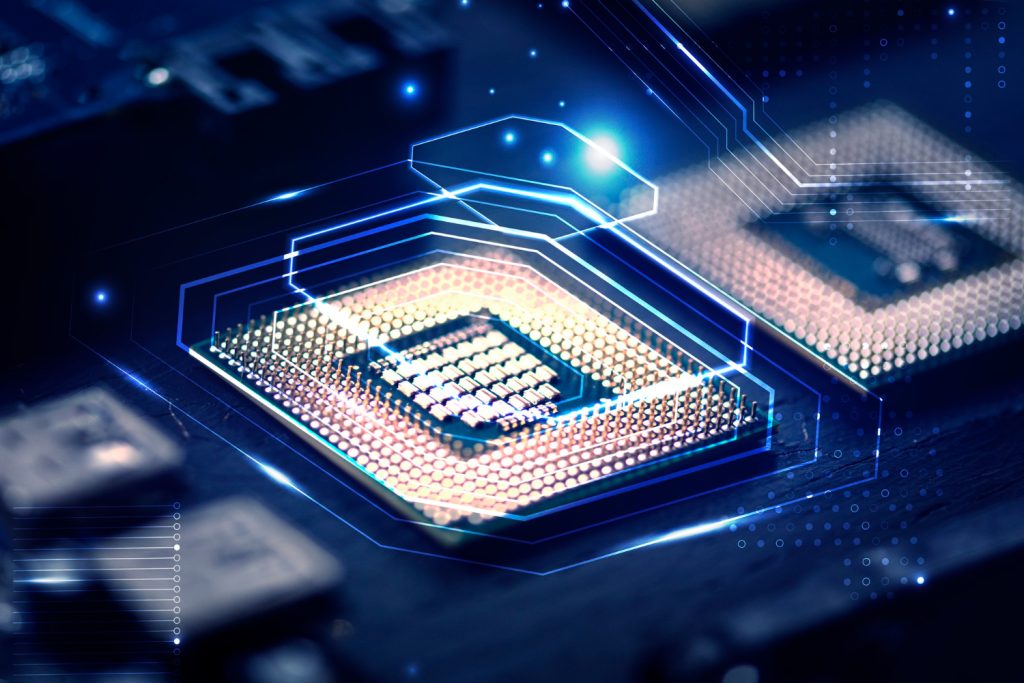Commutator
A commutator is like a “switch” in electric motors and generators, directing current flow to keep machines running smoothly, much like the way society organizes and directs activities to maintain daily life
Overview
A copper commutator is a critical component in many electric machines, especially motors and generators. Essentially, a commutator is a rotary switch that reverses the current direction in the rotor windings. This reversing action ensures that the torque remains in a consistent direction, allowing the motor or generator to function properly.
The commutator is typically constructed as a series of copper segments arranged in a cylinder, with each segment connected to one end of an armature winding. As the armature rotates, brushes, usually made of carbon, slide over the commutator segments and provide electrical contact.
Use:
- Locomotive Train system: DC traction motors which utilized commutators and brushes to convert electrical energy into mechanical movement.
- DC Traction system besides locomotives, other transit systems like trams and some types of subway or metro trains utilized DC traction motors with commutators.
- Generators: some generators, especially those that produce direct current (like in older automotive charging systems), used commutators.
Key Features:
- Conductivity
- High Purity
- Precise Dimension and Shape
- Mechanical Strength
- Bendability
- Flatness
- Hardness
- Anti-Softening
- Alloy Content
In normal use, heavy duty motors can generate heat which will soften the copper. Therefore, to increase the resistance to softening, some silver content according to international standard specifications must be added. Silver is an element when alloyed with copper has the least effect on copper’s conductivity.
We use the right material – OC can cast our own silver bearing copper (CuAg) billets in our own induction furnace. Due to the powerful stirring features of our induction furnace, we can control the precise silver content and assure consistent homogenization.
For Commutators segments, the tolerance of each segment must be strictly controlled, because this is part of a high-speed rotating device. Balance and vibration are critical factors in the assembly of Commutators. OC has vast experience in producing exact uniform segments within fine tolerances according to customer’s specifications.
Let us know how we can help you. Our team is ready to discuss your business needs and answer any questions you may have.
Explore Other Products
Explore Other Market Solutions

ICT & Data Center

Marine

Healthcare

Electronics

Mining and base metal refinery
